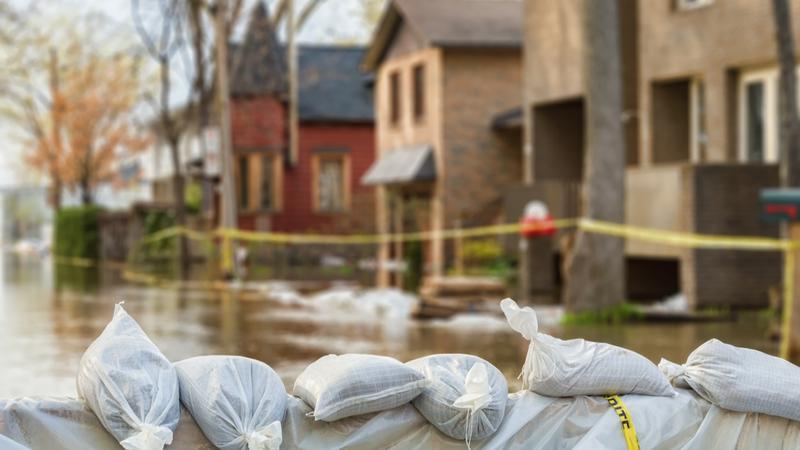A winter of heavy snowfall often leads to flooding when the weather gets warmer. As Canadians prepare for the spring thaw, many are wondering how they can prepare their homes. It turns out they are not alone.
The conversation is also happening between insurance companies and governments, as everyone tries to find the best way to protect homeowners. Start by understanding your home insurance and think twice about home modifications until you have done a bit of research.
Home Insurance Often Excludes Flood Damage
If you have a standard home insurance policy, you probably are not covered for property damage or other losses caused by overland floods. Don't worry if you are surprised by this news -- so are many Canadians. An Insurance Bureau of Canada study in 2018 found 45 percent of people thought they were protected and 26 percent were not sure whether or not they had coverage.
The good news is that many insurers now offer overland flood protection as an add-on to a home insurance policy. So if it turns out you don't have the coverage in place yet, it may be available to you through your existing insurer.
Renovating to Protect Your Home May Have Downsides
For those who live in flood-prone areas, there are few options to keep their homes completely safe. One solution is to raise the home on stilts, but this kind of renovation may be prohibitively expensive. It also makes it hard for some people to access the living areas of the home, like those who use wheelchairs or other assistive devices.
Plus, by renovating your home, you are changing its replacement value. That has implications for your existing insurance policy. It's a good idea to discuss your home modification plans before you get started, so you know how your coverage is affected.If you can afford it, however, the right renovations can save your home from later damage.
Looking Toward the Future
Some municipal governments have taken steps to prevent future flood damage: prohibiting builds in high-risk flood areas. This approach has been controversial, as it can stop existing homeowners from rebuilding or for vacant properties to be developed.The IBC has encouraged the federal government to provide capital to fund flood insurance for those living in vulnerable areas. This approach would see private insurers offer the coverage with the government's backing. It has yet to be accepted by the feds.
Tips to Protect Your Home
You can take action to reduce the damage to your property from flooding. The IBC recommends a few steps:
1. Keep valuables in the upper floors of your home
2. Have large appliances and electrical panels raised on blocks
3. Keep an emergency supply kit and have a family emergency plan
4. Shut off electricity if flooding is imminent and put sandbags or flood barriers by the basement windows and doors
5. As soon as possible, document damage and report it to your insurer
Review Your Policy Options
Any time of year is a good time to take a second look at your home insurance -- whether or not you fear you'll be affected by floods. Check out quotes on home insurance on Insurance Hotline and easily connect with a broker.
